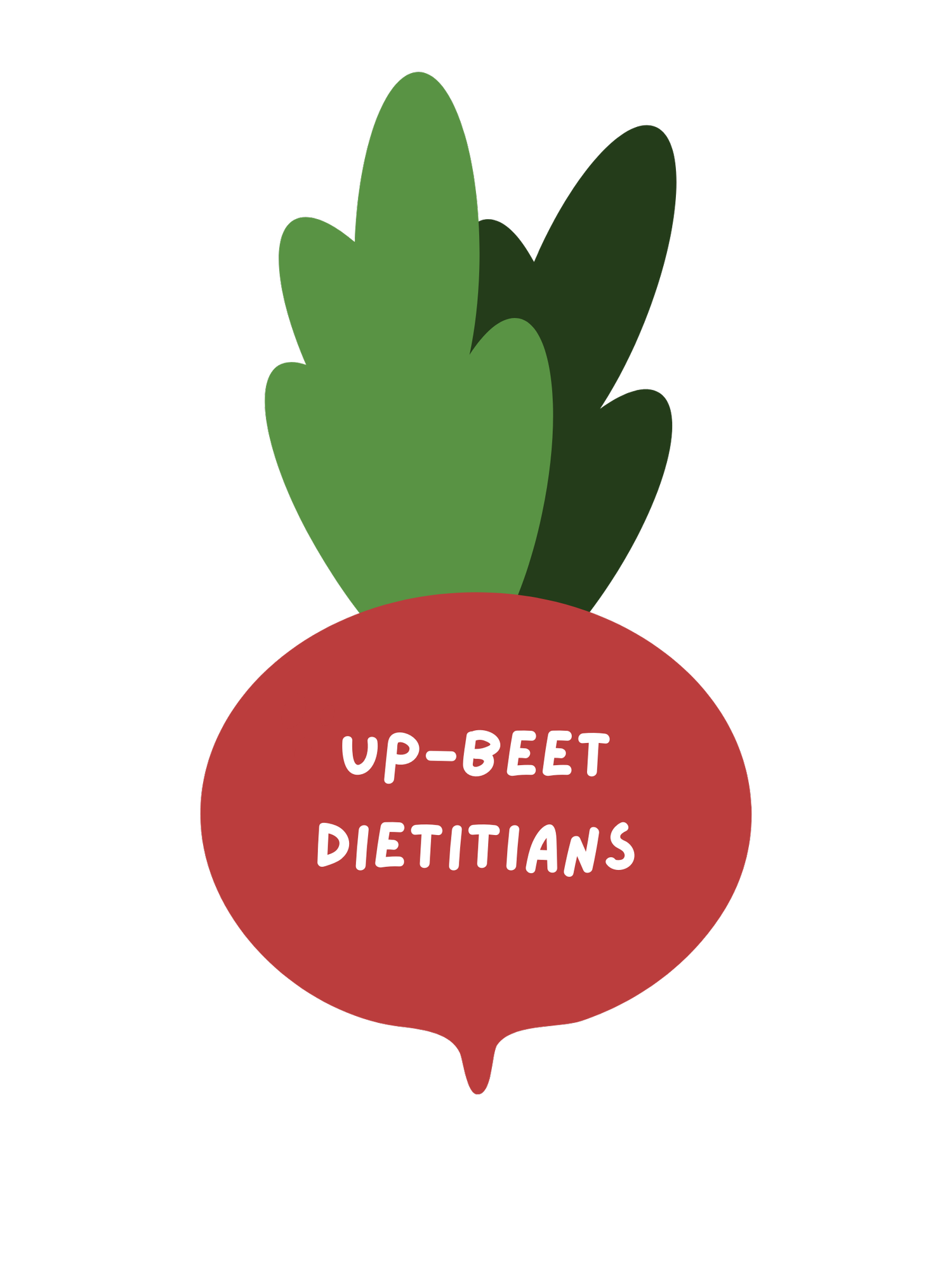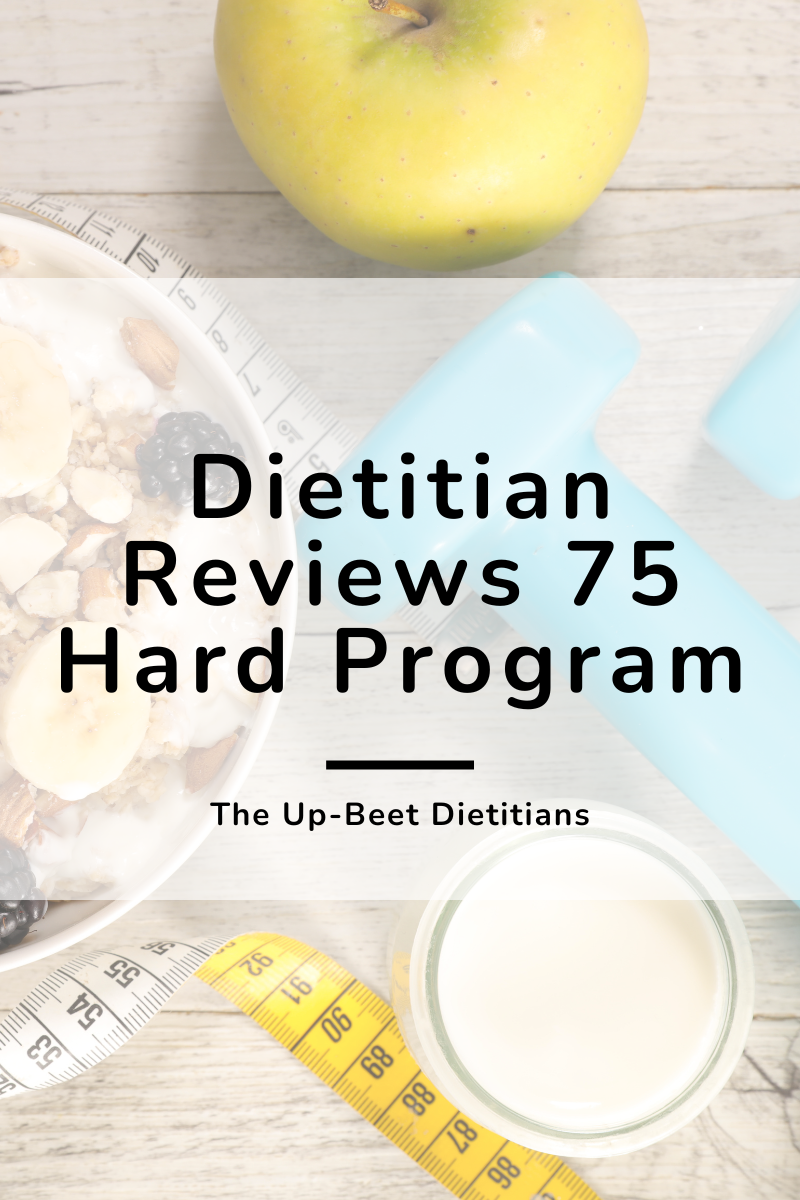The 4 Types of Hunger in Intuitive Eating
Written by: Hannah Thompson, RDN, LD, CPT
Is it okay to eat when you aren’t physically hungry?
Intuitive Eating is often referred to as the “hunger and fullness diet”, especially by those who aren’t fully aware of what Intuitive Eating encompasses or by diet culture when trying to manipulate Intuitive Eating into a diet (which it is not!).
It is true that when discussing intuitive eating, we frequently talk about honoring your hunger, eating consistently, and avoiding the restrict/binge cycle, but did you know that there are actually multiple types of hunger? Intuitive Eating is much more than just eating when hungry and stopping when full.
The four types of hunger in intuitive eating are biological hunger, emotional hunger, taste hunger, and physical hunger.
Biological hunger
Biological hunger (also known as physical hunger) comes from our need for food. This type of hunger is regulated by brain and gut appetite hormones. Just like when our bladder fills and we feel the need to urinate or when our mouth feels dry when we need to drink, our body also gives us cues when it is hungry.
The only way to get rid of physical hunger is to eat! You cannot “trick it” by chewing gum, drinking water, or going for a walk. If you are experiencing biological hunger, the best thing to do is to eat.
There are many different hunger cues that signify biological hunger. Some cues include stomach growling, headache, fatigue, lack of focus, shakiness, and fixation on food.
Sometimes our biological hunger can be “shut off” due to things like chronic dieting and stress. But don’t worry! With consistent practice and adequately fueling yourself, they can be turned back on!
Emotional hunger
Emotional hunger presents itself when you feel an urgent emotion and it is accompanied by a desire to eat that is not related to the biological regulation of hunger and fullness hormones. It can sometimes be difficult to distinguish between biological hunger and emotional hunger. You may find it helpful to ask yourself in the moment if you are experiencing “head hunger” or “belly hunger”.
Head hunger will come on strong and urgently in response to an intense emotion whereas belly hunger will gradually increase. Ask yourself when you ate last. Maybe you are feeling an emotion because you are hungry! If you are hungry for something specific, it may be an emotional response. If you are just needing food in general, it’s more likely physical hunger. Once you have a good grasp on your biological hunger and fullness cues, identifying emotional eating will get easier!
It is okay to eat emotionally! In fact, it is okay to honor any of the four types of hunger. But we need to recognize that emotional eating is not going to fix the issue that is causing the emotion.
Taste hunger
Taste hunger is when you want the taste of a specific food either independent of biological hunger or alongside it. Basically, taste hunger is what you experience when a certain food just sounds good! An example of taste hunger is when you finish your dinner and feel biologically full, but something sweet sounds good. And this is okay! Again, you can eat for reasons other than biological hunger.
If you are someone who restricts and chronically diets, taste hunger may be intensified. When certain foods are off limits, this increases the motivation response in your brain and it makes you want those foods more! The urgency for eating solely for taste will decrease as you continue to recognize that you will always be able to eat more tasty food.
Practical hunger
Practical hunger is a need to eat that is a response to anticipatory physical hunger that you won’t be able to satisfy in the moment. For example, if you have a long work meeting to go into at your typical lunch time and you know you will feel overly hungry after it’s over, you may eat something beforehand even though you don’t necessarily feel physically hungry at the moment. This practical hunger will hopefully prevent you from future discomfort from overeating.
Other examples of when you might honor practical hunger include:
You have to take your medication with food.
You are about to do a strenuous workout that you need fuel for.
You are in eating disorder or disordered eating recovery and following a meal plan/meal schedule.
You are working on getting regular physical hunger/fullness cues again so you are trying to eat every 3-4 hours.
Be sure to check out this blog with tips for eating healthy with a busy schedule.
Bottom line
There are four different types of hunger in Intuitive Eating and each one is valid! It is okay to eat for reasons other than physical nourishment. Try to self-assess these types of hunger without judgment and practice honoring them in ways that make you feel good.
Want to learn more about Intuitive Eating and how to start your food freedom journey? Join our course to learn how!





